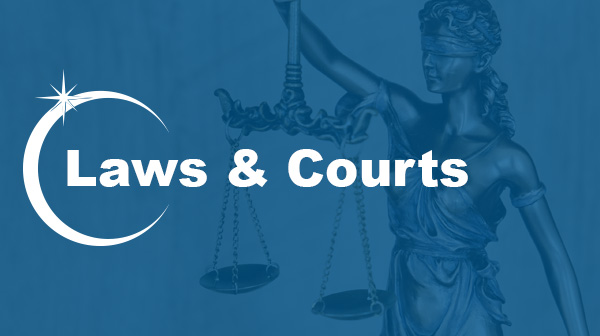Tenn high court reverses CP conviction claiming “not really porn”
By David Kravets . . . The Tennessee Supreme Court is vacating the child-porn production conviction of a Knoxville man, named Thomas Whited, who secretly filmed his 12-year-old daughter—and 14-year-old friend—showering, going to the bathroom, and undressing. Although the father recorded the bathroom for two months for sexual reasons, the high court vacated his 22-year sentence because what he filmed did not amount to pornography. The girls were not having sex, the high court reasoned (PDF) Monday, and instead the minors were videotaped in the bathroom performing “everyday activities.”
Most states define child pornography to some extent on whether it is intended to sexually arouse the viewer, which was the case in the prosecution of Whited, a US Army National Guardsman. However, under Tennessee’s child pornography laws, the intent of the viewer or producer of the recorded images doesn’t matter. What does matter, however, is the story the images tell.
Tennessee defines child porn as depicting children having sex, simulated “sexual activity,” and “lascivious exhibition” of children’s private parts. There was no sexual or simulated sexual activity being filmed in the case of Whitfield, and the term “lascivious” is overbroad, the high court reasoned. Because of that vagueness in “lascivious,” the court suggested that filming a baby’s first bath could be considered child porn:
The question is close, but we must hold that the videos at issue do not rise to a level at which the trier of fact could reasonably find that they include “sexual activity,” defined as the “lascivious exhibition” of the minor’s private body areas…. Rather, the minors in the videos are engaging in everyday activities that are appropriate for the settings and are not sexual or lascivious within the ordinary meaning of those terms. For this reason, we reverse and dismiss the defendant’s nine convictions for especially aggravated sexual exploitation of a minor.
Please read full article in ars technica


